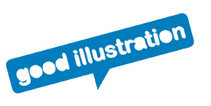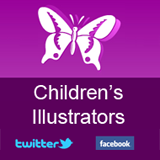Talk us through your career to date including how you came to be Art Director for Peachtree Publishers, an independent publisher of children’s, middle grades and YA books.
My route from graduate portfolio to first job was unusually short – the job was waiting for me as soon as the diploma was handed into my eager hands! Thanks to networking and connections that my major-professor had in the local business world, I became a designer/illustrator for a manufacturer of paper school supplies, and social note cards and stationery for retail markets. As a full manufacturing facility, I learned about offset printing, cost effectiveness, engineering limitations and manufacturing, sales and marketing, product development, testing and consumer preferences, and live presentations – an exceptional education that you cannot buy anywhere except through living it. You show up for work every day, pay attention, own your own mistakes, and soak up learning like a starving sponge. I eventually become art director there.
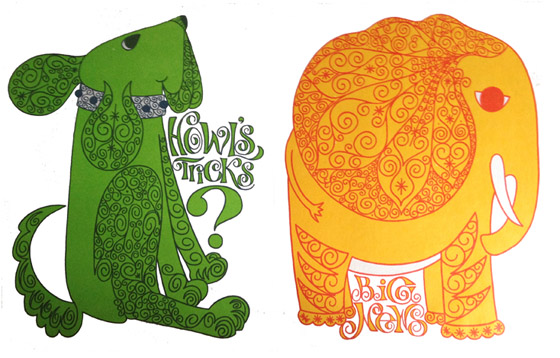
When the company moved operations to Dayton OH, I elected to take a severance and start my own free-lance business. I worked for my old company, plus found new clients among business contacts and through referrals for another 12 years. A regional magazine publisher became a steady, reliable client and I eventually joined the staff as art director there.
Then my husband took a job in what was then West Germany, and we moved to Europe for three years where we both worked for the European edition of Stars and Stripes, the US military newspaper. This is where I first learned to operate and love the cheerful Apple Macintosh. I created special sections and executed consumer ads. We were in Germany for the fall of the Berlin Wall.
Upon return home, I needed a “real” job and Peachtree was advertising in the local newspaper. I interviewed 2-3 times, then was hired as art director several months later. So, OK, I knew magazines; I knew newspapers. I knew publishing. A transition to books should be eezy-breezy, right? Not quite. I still had a lot to learn about the world of making books!
I have now art directed and worked on approximately 250-300 or so of them. And this has been the best job ever.
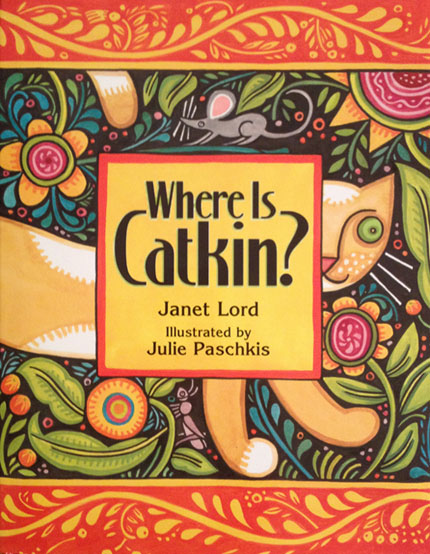
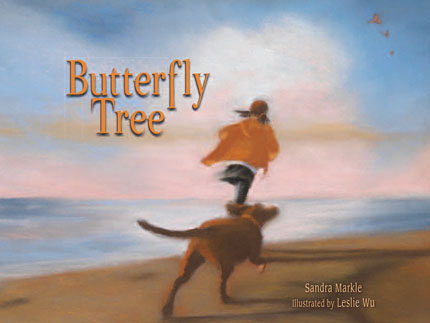
Can you give us a ‘virtual tour’ of the Peachtree offices – how is the art department structured and what is the general working culture like?
We began as a regional publisher in the South with a wide range of genres, but 35 years later we’ve found our niche, settling gradually into our present model, concentrating on children’s books – from board books, picture books, and chapter books, to YA, with both fiction and nonfiction in each level. We continue to offer some great local outdoor guides, self-help adult titles, and super-strong backlist titles that don’t want to die!
So first, we’re quite small, compact, and efficient with roughly 19-22 on staff, from publisher, to editors, to sales and marketing, accounting, IT, and fulfillment. And a small internship program, mostly through our local colleges.
In 2000, we moved from rented space into our own building. It’s in a quiet, light industrial little part of town, next to residential neighborhoods and a really old city cemetery.
I guess you could describe our space as industrial-chic, and a little messy. With growth, we have consumed every square inch. We have a resident cat.
My immediate supervisor is an associate publisher and senior editor, and the next person up is our publisher at top of the line. My department is collectively called Production, with me as art director, a brilliant colleague at the director-of-manufacturing position, and a designer that is shared between us and advertising/marketing.
The work day is always filled to running-over with current projects and upcoming interim deadlines, projects in development, small pop-up projects that want attention like posters or bookmarks, emails to answer or send, and the endless minutiae attached to constantly moving things forward. We do get along, the core group having lived and worked together for 8 (and more) hours a day for many years and having shared personal stories. We recognize and appreciate one another’s talents, support one another, and try to do no harm. We search for solutions rather than find fault. We’re better bookmakers for that.
What words would you use to describe children’s books published by Peachtree?
Literary, uplifting, entertaining, positive, fun and funny, seriously engaging, artistically excellent, thought provoking, informative, worthwhile, inspiring, respectful of kids and their parents – and teachers, truthful. Our newest branding theme that we first introduced at BEA in May 2013: PLUCKY, PERCEPTIVE, PASSIONATE, PERSONAL – Little Things Make a Big Difference. It took a while to come up with just the right “Ps” that would describe us, “P”eachtree!

Talk us through the making of one of Peachtree’s most memorable children’s books and explain why the illustrations resonate so powerfully with young readers and adults alike?
Oh, dear!! So many to name, so which to choose? I think I’ll go with 14 Cows for America. This story, by Carmen Agra Deedy (in collaboration with Wilson Kimeli Naiyomah, the young Maasai warrior whose story it is) was published in 2009 and tells of the experience of Kimeli when he goes back to his native Kenya and tries to explain the terrorist attacks of 9-11-01 to his tribal village. An international student, he was in NYC on that day, and the impact of the events and their implications moved him in his deepest soul. What he asked of the tribal elders is unusual and is at the very core of the story.
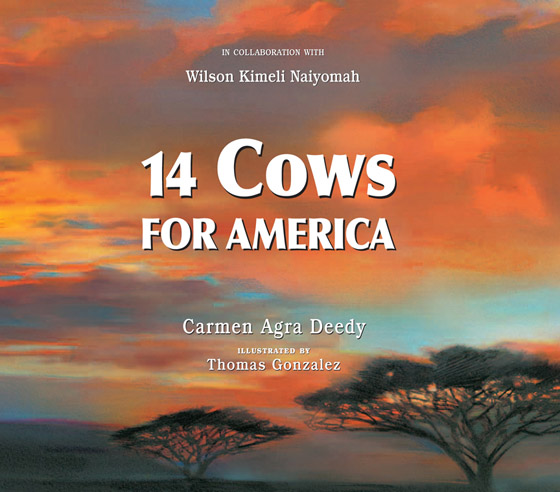
Both the author and the illustrator are, coincidentally, Cuban refugees from early childhood, coming to the US with their parents. They knew of one another as children, but weren’t close until their adult lives intersected. Carmen brought Tom Gonzalez to us, and he proved to be an extremely adept and willing learner of how to take his considerable illustration skills from the corporate sector into a first children’s book.
Tom’s illustrations are brilliant, perceptive, and truly from the heart. Tom was able to convey the fires, the horror without resorting to the obvious or sensational. He “got it” on the most intuitive level. Kimeli brought us pictures of the ceremonial event in Kenya which Tom consulted constantly as he developed the pictures. We researched the Maasai extensively. I loved, loved working with Tom. And Carmen. And Kimeli, whom I got to meet in Atlanta.
I urge you to see more, it is that powerful, and I cannot do it justice here. Please visit the book’s website. For us, creating this book was oddly cathartic, and I for one never-not-once became weary of nor impatient with the project.
As a PS – This book has garnered high praise in reviews and a multitude of awards, and ended up on The NY Times bestseller list. We translated it into a Spanish edition.
Selecting the right cover is an art in itself. Walk us through how this decision is made at Peachtree and who is involved in the discussion process.
YIKES! A cover has so much to do! You have to grab the buyer/reader’s attention in slightly under two seconds, reel them in, and entice them to pick up the book. Open it. Want more. All without giving away the story. It’s like a mini-billboard on the highway: 2-3 seconds, max, to SELL. And with a book, you have to do it from 10 feet away among a hundred competitors – choose mine, not theirs!
With us, each title is unique. It’s a collaborative exercise involving the editor and author for starters, the art director (me) and the illustrator/designer, the publisher and other editors, then the sales and marketing teams. We all gather for hallway reviews where samples are literally taped to the wall and we hash it out, each making our points from our own perspective. Commentary is noted and weighed, and we continue until we come to a winning solution. NOT easy. For example, we looked at perhaps a dozen or so possible solutions for The King of Little Things, and it went on for weeks and weeks. In the end, we had this:
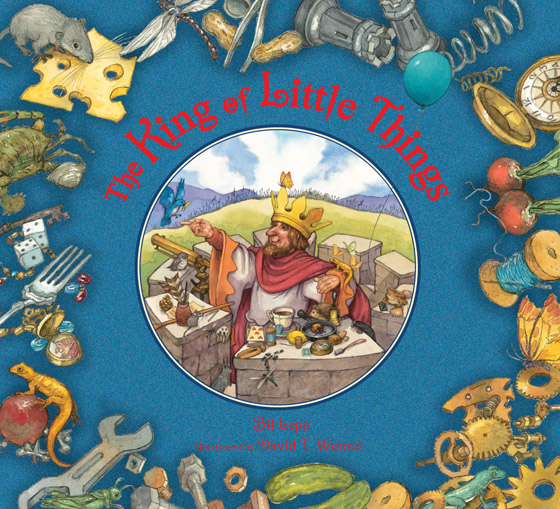
Where you see red, there is a gold-foil stamped title, on a matte background with spot gloss for the center circular image of King Little.
Sometimes I will design a YA cover from scratch myself.

I do a lot of the everyday book design and layout, and typesetting—as does my partner-in-crime Melanie Ives, our Director of Manufacturing, a designer in her own right and a crackerjack compositor.
When selecting images to include in their childrensillustrators.com portfolio, what should an illustrator looking to appeal to Peachtree Publishers include?
We’re tough, and picky-picky. First, if you cannot draw and/or paint really, really well, we cannot consider you. We want illustrators who obviously know the fundamentals, even when they are not (yet) published. I have examples of first-timers who are great artists, and whom I loved bringing along to a first book. (See Tom Gonzalez above.) Or Michael Allen Austin.

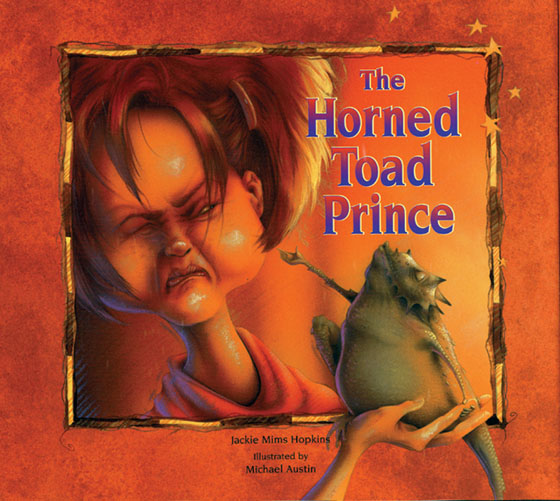
Michael now has 10 titles under his belt, and not all with Peachtree. I celebrate his successes like he was a kid of mine!
Second: character. If you cannot sustain a character in every situation, every emotion, every action and reaction, every physical pose, every tiny moment – we cannot consider you. This goes all the way down to the tiniest facial expressions and bodily tension-moments.
Characters count. It’s almost like being a movie animator, except you do it in stills – condensed to frame by frame. This mostly has to come out of your own head and not photos, though pix can give great assistance in capturing a moment – if your model is also a skilled actor, and/or you are a skilled photographer or can/will HIRE a really good photographer. Our best illustrators seem to be able to create entire scenarios out of nothing but their own imaginations, no models present. However, I find models perfectly OK, and respect the artist who convinces us that no models were involved.
Third: Be able to tell a fluid, magical, moving story in a visual way. Move the scenes like shooting a movie. Whether funny, poignant, informative – show varying points of view, unexpected “camera angles,” great lighting and shadow, and smooth transitions rather than herky-jerky awkward jumps. Offer the unexpected, show surprises.
Fourth: Love the story.
And lastly: Believe you can do it.
Can you tell us about some of the titles you are working on at the moment?
I have several projects in various stages of development, as does every art director anywhere. I hesitate to single out any one, or two, or three as favorites – but of course I do have favorites. Each entity presents different considerations. For example, I’m working on The Grudge Keeper, with illustrator Eliza Wheeler. The challenge there was to come up with some visual way to show abstract concepts such as grudges, snits, umbrages, and misunderstandings that all the townspeople bring to the Grudge Keeper, who stores them away for future reference. What happens to scatter the grudges to the four winds is enchanting, and what the citizenry does about it is the crux of the story. Eliza, an up-and-coming and already-published young author/illustrator, brought us the perfect solution.

You’ll need to get the book to find out what she did! Watch for it in 2014.
When it comes to art directing a children’s book, what are some of the things you feel passionate about?
My job as art director is to clarify the assignment to the illustrator, give h/h our initial thoughts regarding direction of the story and characters, show them our notes, and get out of the way. You would be amazed at how liberating that is to me. I love to give that creative as much free reign as they want, then watch the magic happen!
I also believe terribly passionately in realistic deadlines. My goal has always been to provide adequate time and space for the illustrator to digest the assignment, incorporate it into their thinking, plan out a strategy for delivering components like character studies, references they are considering, thumbnails or rough sketches, working drawings, how this assignment will mesh with other aspects of their lives like other projects, family, downtime, etc. If my assignment becomes anathema to my illustrator, then I’m kind of dead in the water, right? Peachtree could become no fun for them, right? Not good. My true passion is to support my illustrators at every turn and clear the decks, make it possible for their very best to happen.
Tell us about some of the latest releases from Peachtree and give us the inside scoop on why you selected the illustrators in question.
A couple of new offerings for the upcoming Fall 2013 season: A new, recurring series from Grammy Award-winning author/songwriter Bill Harley is called Charlie Bumpers vs. _______. This first one is Charlie Bumpers vs. The Teacher of the Year. We’re expanding our list of illustrated chapter books! The over-the-top illustrator for Charlie Bumpers is one of our favorites: Adam Gustavson of Lost and Found fame.
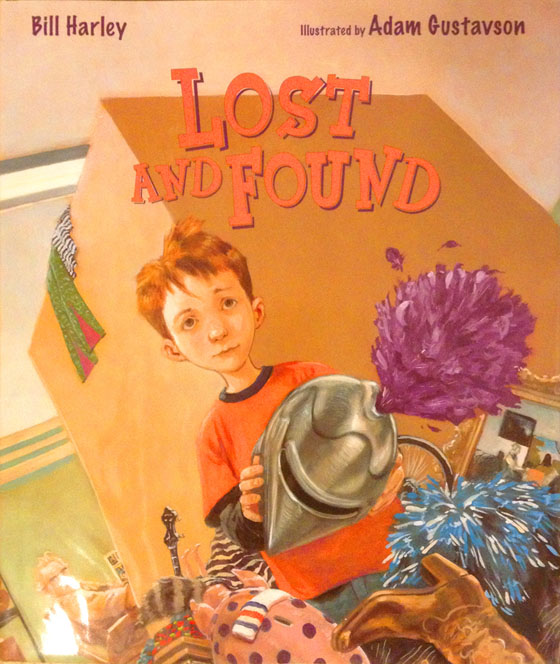
Adam is a many-times illustrator of our titles to whom we turn when we must-have-GOTTA-have funny business, surprise, goofiness, and ever so slightly outrageous, slightly stooopid (but brilliant) hilarity! We adore Adam and his skewed vision!
Another example is Michael G. Montgomery. Michael knows us, and we trust him. He has worked with us for years, and a most charming title he illustrated for us is First Dog Fala, the story of the little Scottie dog who accompanied FDR almost everywhere during the President’s tenure. Knowing that Michael knows dogs and lives with dogs and loves dogs, we asked if he would be interested in another emerging series, Dog Chronicles? He accepted.
So. That tells you a little about illustrators we know. What about those we don’t? All of us – editors, publishers, me, designers, authors – constantly cruise Childrensillustrators.com and through mailings, emails, and the like. We collect names and samples of those who appeal to us. In our illustrator meetings that happen about every 1-2 months, we bring our new finds (as well as earlier ones), speculate about what mss they might be good for, and explore further from there.
What can we expect from Peachtree over the coming months?
The coming months will be filled with completing the projects we started this past year or earlier. Right now we are into Spring and Fall 2014, and have identified maybe half the titles for 2015, AND we’re winding up the last-minute stuff for Fall 2013.
Our titles will still feature fun reads and serious ones for the picture book set. We are working on a lovely theme of dad-son-understanding with Myron Uhlberg’s The Sound of All Things for Fall 14. Myron has other books with us.
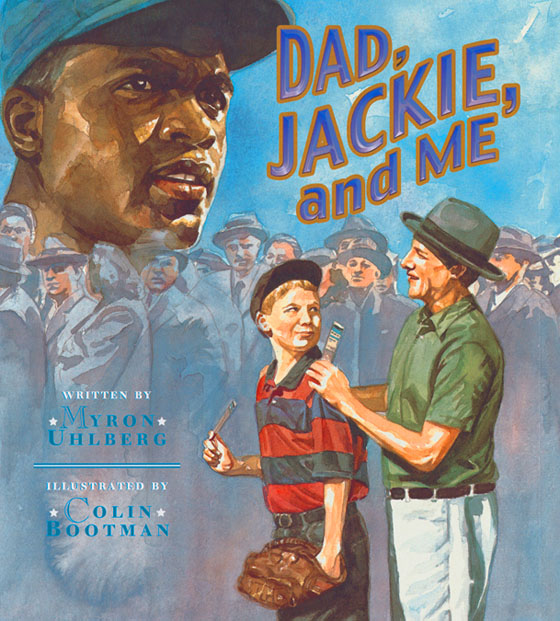

The illustrator, living in Brooklyn, is already contracted. The author is the hearing son of deaf (yes, they use the word) parents. This story is about his struggle, as a very young boy, to describe to his dad what things sound like, when he barely even had the words himself. Myron’s family also lived in Brooklyn, and this is about a daylong family outing to Coney Island in the late 1930s, a roller coaster ride, and a fireworks show over the Boardwalk. Dad wants the boy to tell him the sound of everything. You will love the discovery that the young boy makes!
Thanks for asking me to do this. It has been a true pleasure. Visit Peachtree’s website, Facebook,Twitter & Blog.
This interview has been syndicated courtesy of Childrensillustrators.com





